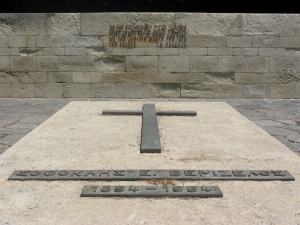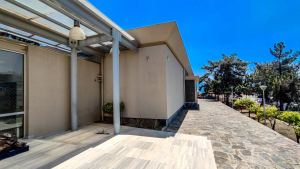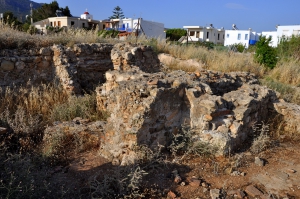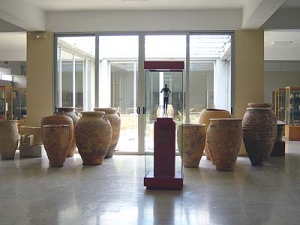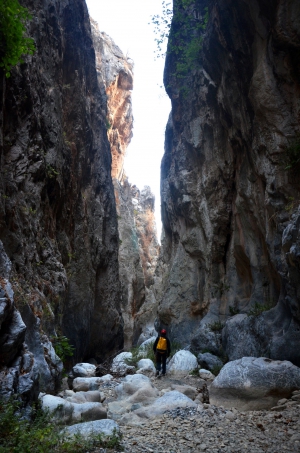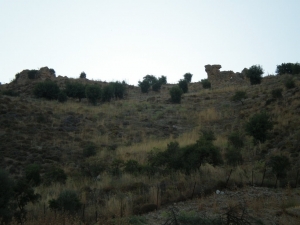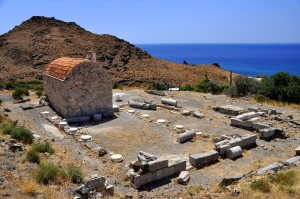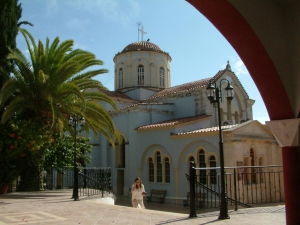The graves of Venizelos are located in a very historic location of Chania, next to the Venetian church of Prophet Elias at position Froudia with panoramic views to Chania. The temple was originally dedicated to the Prophet Elisha, while in the 16th century the nave of the Prophet Elijah was added.
The Archaeological Museum of Agios Nikolaos was founded in 1970 and houses findings from the Neolithic Age, the Minoan Era and the Graeco-Roman Times from the Lassithi prefecture.
The fertile valley and the sheltered harbor of Makrigialos was an ideal location for its habitation throughout the ages. One of the relics of the past is the Roman villa which was unearthed at Katovigli position in 1977, above the current port of Makrigialos, by the archaeologist N. Papadakis. Earlier, looted graves and a headstone of the 4th century AD were found on site.
The Archaeological Museum of Sitia operates since 1984 and hosts the most important archaeological finds from eastern Crete (from Sitia, Palekastro, the islets of Mochlos and Psira, the necropolis of St. George, the palace of Zakros, the Hellenistic town of Xerokambos, Ziros, Makrigialos, Lefki island and ancient Itanos).
The canyon of Panagia (Virgin Mary), also known as Kalami I is parallel to the gorge Xerofarago or Kalami II and takes its name after the former monastery of Panagia Keralimeniotissa located at its exit.
The Fort Bonifacio or Apano Castelli is located west of the current Tsifout Kastelli village, 44km south of Heraklion, on a hill now called Apano Kasteli or Psilo Aloni. The fort is reported since 1212 and was built by the Genoese pirate Henry Pescatore.
Lendas is built on the site of the ancient city Levina, 74km south of Heraklion, on the southern slopes of the imposing Asterousia Mountains. The name of Levina is believed to come from the Phoenician “Lavi” which means Lion. Indeed, on the west of the village there is a cape reminding of a lion's head from far.





